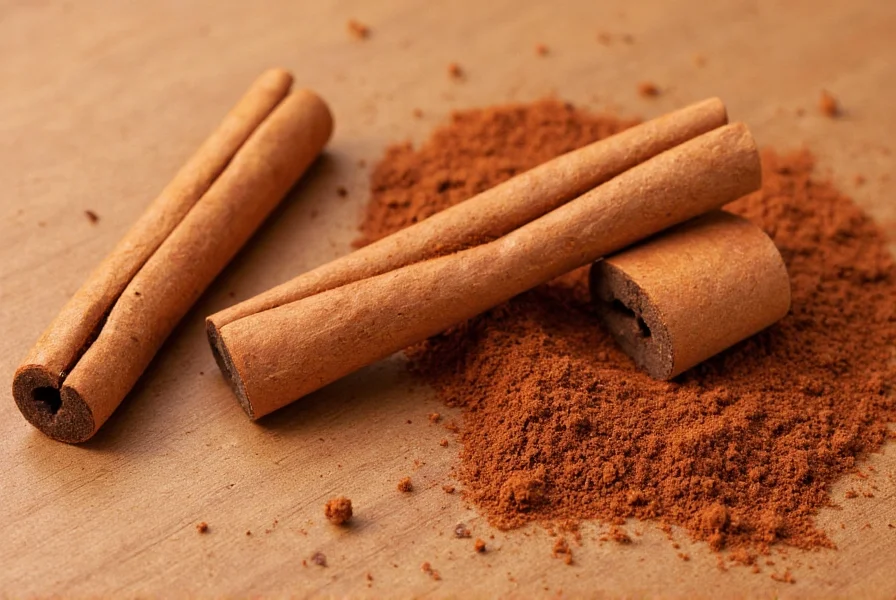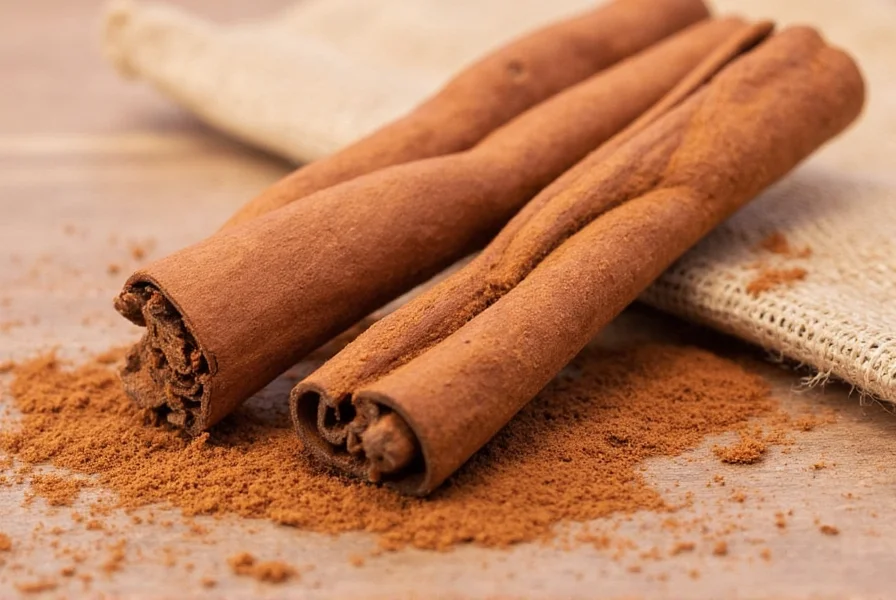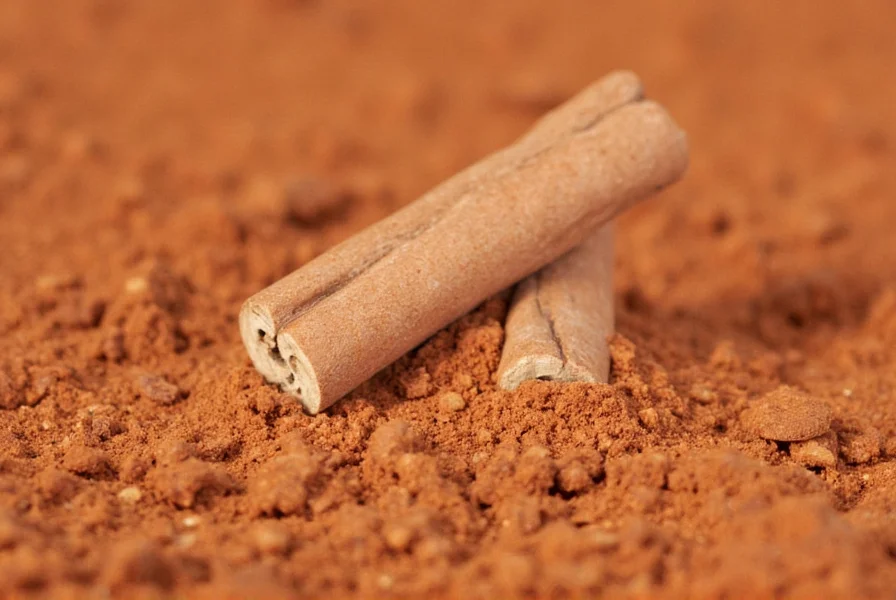Recent testing has revealed that certain cinnamon products contain elevated levels of lead, raising significant health concerns for consumers. This issue primarily affects ground cinnamon from specific geographic regions where soil contamination or improper processing practices occur. Understanding the connection between cinnamon and lead exposure is crucial for making informed purchasing decisions and protecting vulnerable populations.
The Science Behind Cinnamon and Lead Contamination
Lead contamination in cinnamon occurs through several pathways. The most common sources include:
- Soil contamination - Cinnamon trees grown in areas with naturally high lead levels or near industrial sites can absorb lead through their roots
- Processing practices - Use of contaminated equipment or storage facilities during harvesting and processing
- Intentional adulteration - Some unscrupulous suppliers add lead chromate to enhance the red color of cinnamon powder, making it appear higher quality
According to research published in the Journal of Agricultural and Food Chemistry, lead chromate (PbCrO4) has been deliberately added to certain cinnamon products to improve visual appeal. This practice is particularly concerning because lead chromate is not water-soluble and won't wash off, meaning the contamination remains in the final product.

Health Implications of Lead in Cinnamon Products
Lead exposure from contaminated cinnamon poses serious health risks, especially for children and pregnant women. The Centers for Disease Control and Prevention (CDC) states there is no safe blood lead level in children. Even low levels of lead exposure can result in:
- Reduced IQ and cognitive function
- Attention-related disorders
- Slowed growth and development
- Neurological and behavioral problems
Adults consuming lead-contaminated cinnamon may experience:
- Cardiovascular issues
- Kidney damage
- Reproductive problems
- Memory loss and concentration difficulties
| Lead Level in Cinnamon | Health Risk Assessment | Recommended Action |
|---|---|---|
| < 0.1 ppm | Generally safe | No action needed |
| 0.1-2.0 ppm | Moderate concern | Limited consumption, especially for children |
| > 2.0 ppm | High risk | Discontinue use immediately |
| > 5.0 ppm | Severe hazard | Discard product and report to authorities |
Regulatory Standards for Lead in Cinnamon
Regulatory agencies have established different thresholds for acceptable lead levels in food products:
- U.S. Food and Drug Administration (FDA): Has an action level of 0.1 ppm for lead in juice products, but no specific limit for cinnamon
- European Food Safety Authority (EFSA): Recommends maximum levels of 0.05-0.2 mg/kg (ppm) for various spices
- California Proposition 65: Requires warning labels for products containing more than 0.5 micrograms of lead per serving
Independent testing organizations like ConsumerLab and NSF International often use stricter standards, with many recommending cinnamon products contain less than 0.1 ppm of lead for regular consumption.
How to Identify Safe Cinnamon Products
Consumers can take several steps to minimize the risk of lead exposure from cinnamon:
- Check the origin - Ceylon cinnamon (from Sri Lanka) generally has lower heavy metal levels than Cassia cinnamon (from China, Indonesia, or Vietnam)
- Look for third-party testing - Reputable brands will provide certificates of analysis showing heavy metal testing results
- Avoid unusually bright red cinnamon - This could indicate lead chromate adulteration
- Choose organic certification - While not a guarantee, organic certification often involves stricter contaminant testing
- Buy from established retailers - Major grocery chains typically have stricter quality control than discount stores or online marketplaces

Testing Your Cinnamon for Lead at Home
While laboratory testing provides the most accurate results, consumers can perform basic screening tests:
- LeadCheck swabs - These chemical swabs change color when they detect lead (though they're designed for paint testing and may not be precise for food)
- Home test kits - Some companies offer water-based lead test kits that can be adapted for spice testing
- Visual inspection - Examine cinnamon under bright light for unusual color consistency or metallic sheen
For definitive results, send samples to a certified laboratory that performs food safety testing. Many universities with food science departments offer this service to the public.
Safe Alternatives to Cinnamon
If you're concerned about lead contamination in cinnamon, consider these alternatives:
- Nutmeg - Provides warm, spicy notes similar to cinnamon
- Allspice - Offers a complex flavor profile with cinnamon-like qualities
- Ginger - Adds warmth and spice to recipes
- Cloves - Stronger flavor, use sparingly as substitute
- Ceylon cinnamon - Often called "true cinnamon," typically has lower heavy metal content than Cassia varieties
Conclusion
While cinnamon remains a safe and healthy spice when sourced properly, lead contamination represents a genuine concern that consumers should be aware of. By understanding the sources of lead in cinnamon products, recognizing potential risks, and making informed purchasing decisions, you can continue enjoying this popular spice while minimizing health risks. Always prioritize products with transparent sourcing and third-party testing, especially when purchasing cinnamon for children or regular consumption.
Frequently Asked Questions
Does all cinnamon contain lead?
No, not all cinnamon contains concerning levels of lead. High-quality cinnamon from reputable sources that conducts third-party heavy metal testing typically contains lead levels well below safety thresholds. The risk is primarily associated with certain Cassia cinnamon products from regions with poor quality control or intentional adulteration practices.
How can I tell if my cinnamon has lead in it?
You cannot reliably detect lead contamination in cinnamon through sight, smell, or taste alone. Unusually bright red color might indicate lead chromate adulteration, but laboratory testing is the only definitive method. Check for third-party testing certificates from the manufacturer or send a sample to a certified food testing laboratory for accurate results.
Is Ceylon cinnamon safer than Cassia cinnamon regarding lead content?
Generally yes. Ceylon cinnamon (often labeled as "true cinnamon") typically comes from Sri Lanka and tends to have lower levels of heavy metals compared to Cassia cinnamon varieties from China, Indonesia, or Vietnam. However, both types can be contaminated depending on growing conditions and processing practices, so third-party testing remains the most reliable indicator of safety.
What amount of lead in cinnamon is considered dangerous?
There is no completely safe level of lead exposure, but regulatory agencies use thresholds for practical purposes. Levels above 2.0 parts per million (ppm) in cinnamon should be considered high risk, especially for children. Many health organizations recommend choosing products with less than 0.1 ppm for regular consumption. The European Food Safety Authority suggests maximum levels of 0.05-0.2 ppm for spices.
Can cooking or baking remove lead from contaminated cinnamon?
No, cooking or baking does not remove lead from contaminated cinnamon. Lead is a heavy metal that remains stable through cooking processes. If your cinnamon contains lead, it will remain in the final dish. The only solution is to use cinnamon from sources that have been verified through third-party testing to have safe lead levels.











 浙公网安备
33010002000092号
浙公网安备
33010002000092号 浙B2-20120091-4
浙B2-20120091-4